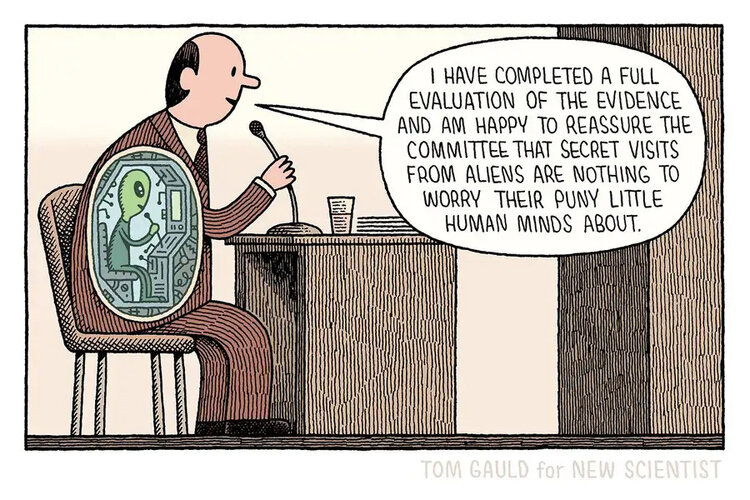- Joined
- 21 January 2015
- Messages
- 12,084
- Reaction score
- 16,198
The Cool Worlds Lab have won time on JWST to study a very Jupiter like Exoplanet for Exomoons, and not just a small amount of time but seemingly what is a large amount of time some three days of telescope time, you can clearly tell how happy he is by this grant of time:
View: https://youtu.be/4sv_sa_tLPg?si=4YIP3luTw_Gyc7qQ
He states their target exoplanet is 2.2AU from its host star which is a K type. They had two other proposals that were rejected by high ranked. He also states that a team from Harvard has also been granted time to look for exomoons, but doesn’t know what their target is, and they have been granted less time than they have for their target.
He states their target exoplanet is 2.2AU from its host star which is a K type. They had two other proposals that were rejected by high ranked. He also states that a team from Harvard has also been granted time to look for exomoons, but doesn’t know what their target is, and they have been granted less time than they have for their target.



















































